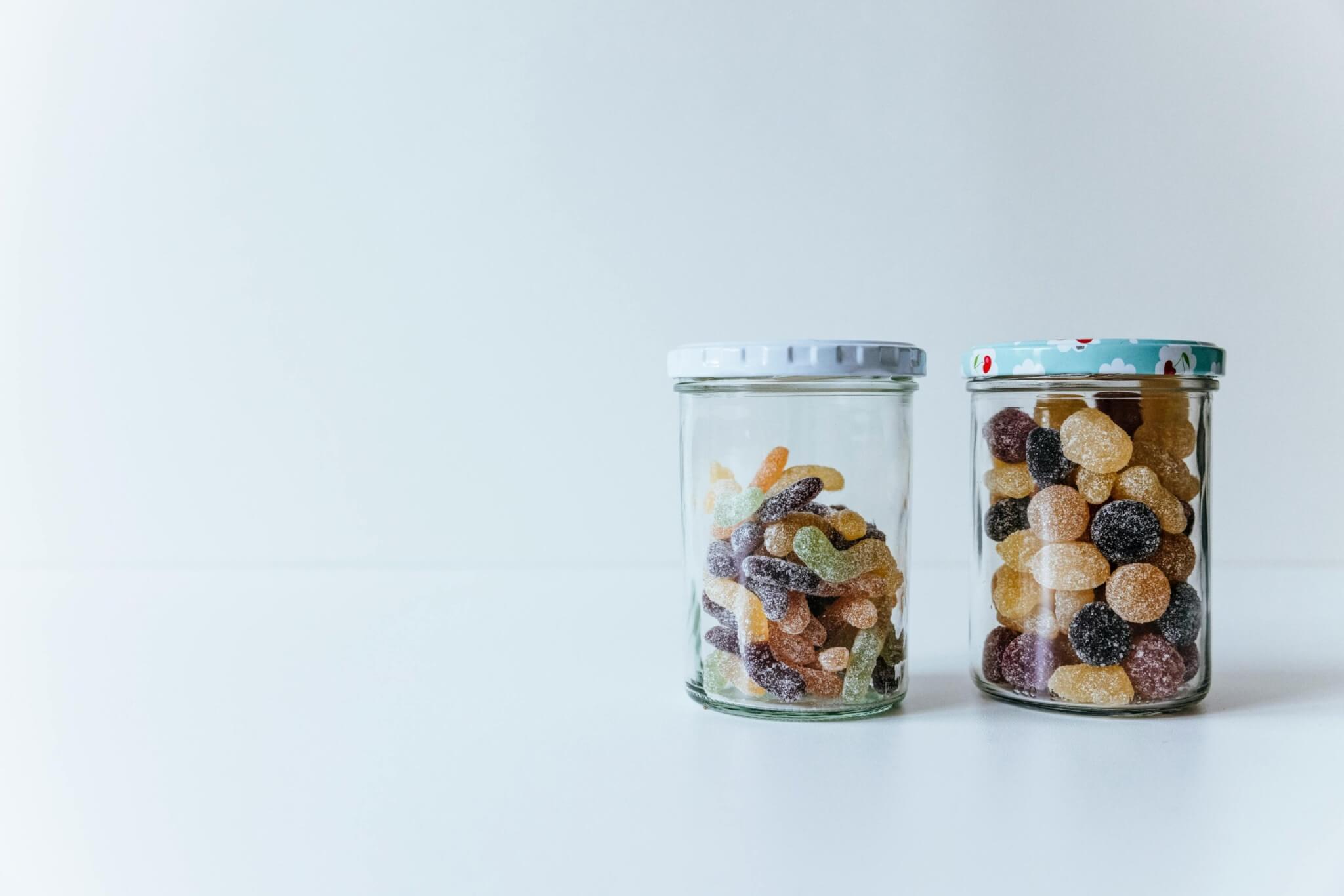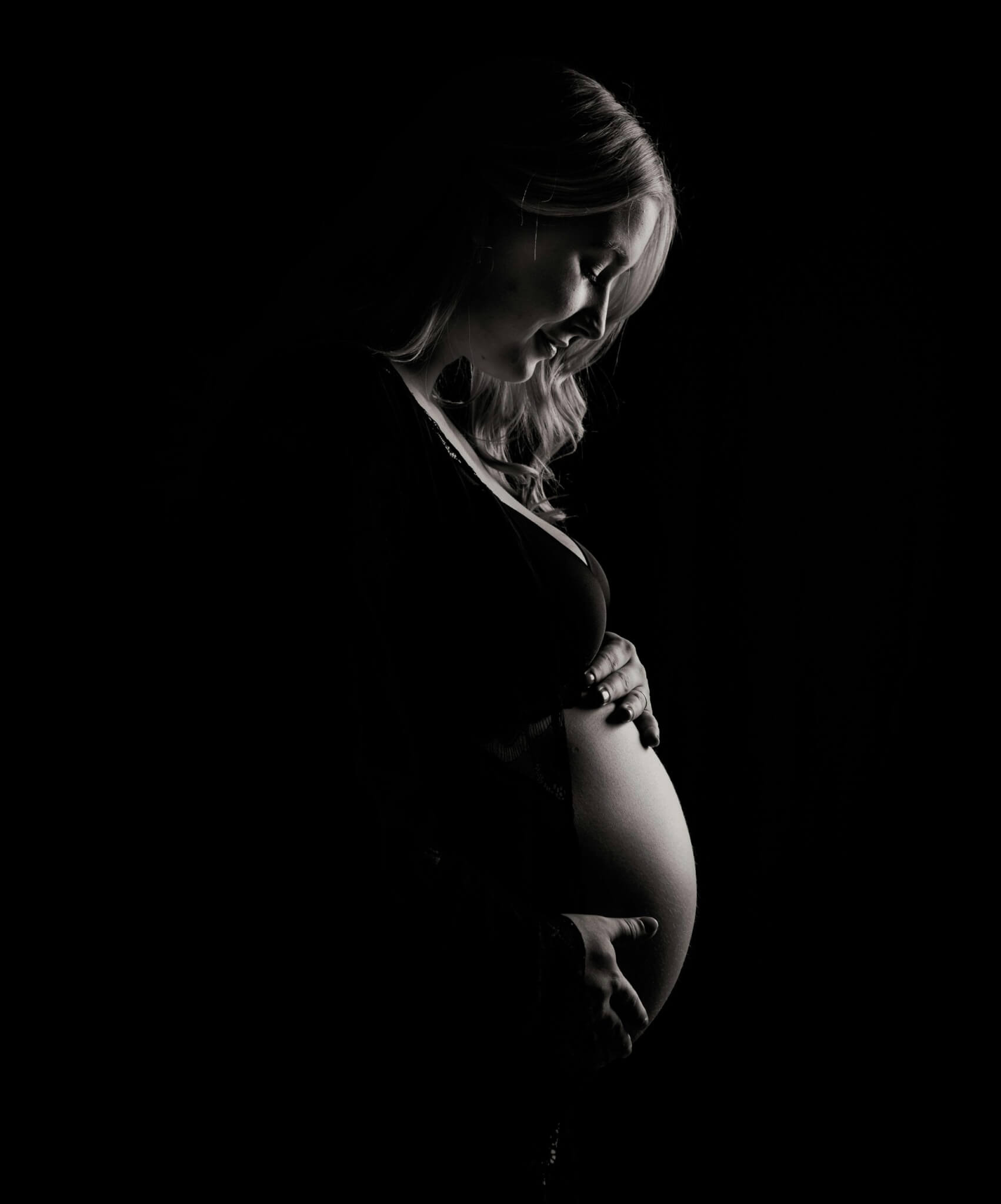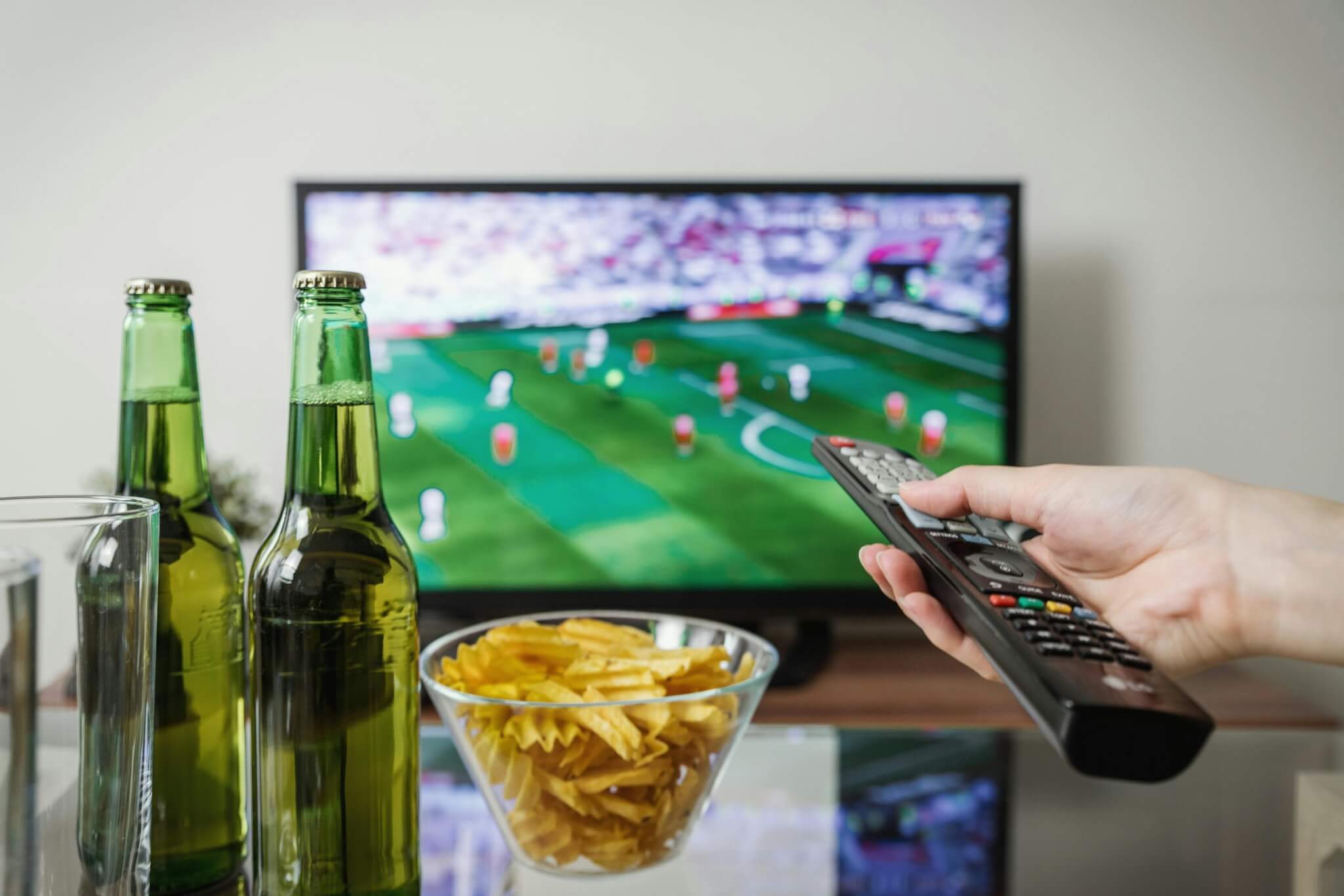Hello all you people who want to lose weight, this is such an important subject that a lot of nonsense is talked about
I am going to have a lot to say about the Tanya Byron, Susan Jebb and other expert takes on weight loss. I will I promise try to make it positive and helpful.
We are now in the dieting months and I’m already sick and tired of all the diet plans I’m seeing. There is the Ice Diet being promoted by Peta Bee in the Times – sorry Peta, bad science. And even a diet called EAT! Which is just another variant on the low carb diets. These diets are one size fits all and take no account of personal genes and nutrient responses. They are designed to fail in the long run, as all fervent followers will discover.
SO…Have we finally found the Holy Grail of weight loss? Is tailoring DIETS to your obesity-type the best way to help you lose weight? We have been searching for tailored programmes for years. An army of world famous weight loss experts cannot surely be wrong. Can they?
Well let’s see.
A few years ago, the BBC ran a diet trials experiment at the University of Surrey which compared different types of diets for success. There was a clear winner (Conley) but the take- home message in the long run is that different types of diet suit different people. People who don’t like calorie counting do well with Atkins or Dukan, while some people do really well with a group approach. But in the long run it’s pretty much all the same. Failure, that is, for most 18 months down the line.
The BBC have an all-singing-dancing world expert scientific approach that is new. Do people really divide themselves into three obesity types?
The first “cant-stoppers” who are low on gut hormones.
The second “constant cravers” who probably lack a good leptin response (science here) to tell their brains they aren’t hungry.
The third, “comfort eaters” who meet the day to day stress in life by using food as a feel-good drug.
Perhaps. They have all lost weight, HURRAY – but that proves very little; they have also been very unhappy here and there. it was poor research design, and the proof of the obesity pudding must surely be in how well they are able to keep it off. Oh well, it makes good TV but probably very little else.
Professor Susan Jebb is an expert-expert on obesity but has said that losing weight is not a matter of will, but of habits. People have to change their habits for life. I know that, and part of the therapy I do is to help change habits from very deep inside. This is useful for everyone and flexibility training was missing from the treatment given to these subjects.
But I cannot agree with that. There is a whole new science of willpower – known as self-regulation theory – which is available to obesity specialists and which is helping people to use their willpower to change their lives. This can help comfort-eaters, constant-cravers and cant-stoppers too. Why was this ignored? So what’s going to happen to these happy weight losers? Will they have to stay on their diets for life, an impossible task surely, unless they learn how to exercise their WILL.
I like it when people feel they have done something valuable and positive. Who could fail to be moved when men weep real tears for having help and support. But is this real science when it ignores real psychological strategies that work, like flexibility training and self-regulation training. More than half of the fatties got “CBT” on top of their diets, maybe it was the CBT not the diet that helped them.
And I want to know why the experts have decided the Intermittent Fasting Regime is right approach for constant cravers. MY RESEARCH TELLS ME THAT FASTING WILL MAKE THEIR PREOCCUPATIONS WORSE? Who said this was the right way for them to eat?
So for me the jury is out. Some bits of this interesting programme hold out hope for people who cannot lose weight. It’s good for someone to know that they may be lacking in a gut hormone that helps them to feel full. Its good to suggest that an emotional eater is not just weak-willed and greedy. It may be useful to know that a constant craver might not be feeling leptin in their brain.
This programme is misnamed. It is called finding the right diet for you. It should be named the right mix of strategies for you. Possibly but I am going to write more about this shortly
World experts should know better than to suggest that what they have done is a solution. It is just one of a number of things that must be properly explored in properly designed clinical trials before we can truly discover a personalized solution for obesity. And we experts know better than to think that any single diet can provide a quick fix even when the experts say “genes”.










